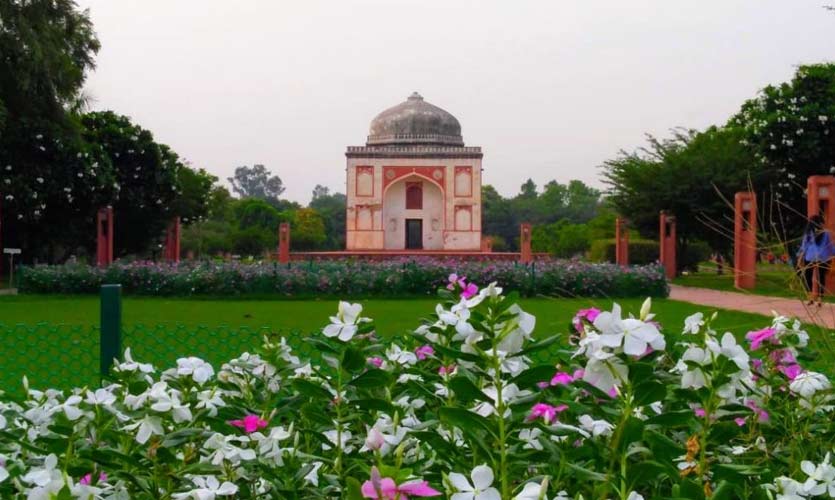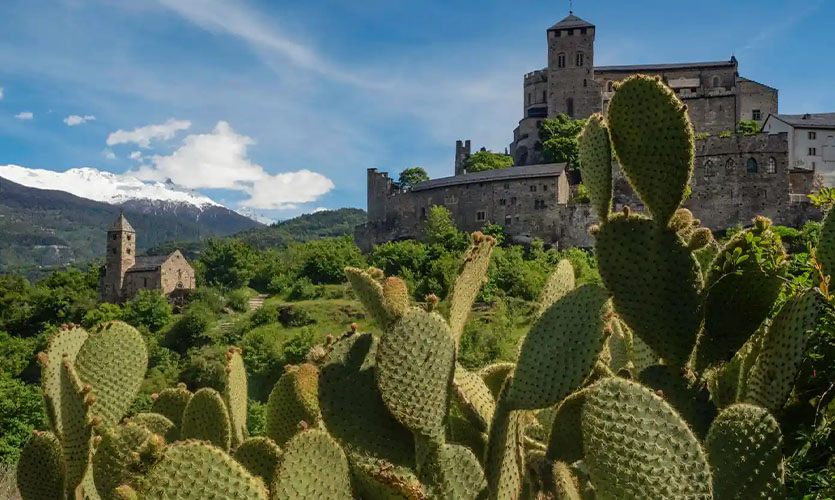The site of a morning run in Delhi’s gardens could be breathtaking – the lush green Ridge area of North Delhi, is home to Flagstaff Tower. This structure, built around 1828 as a signal tower, was used by many European civil servants and their families to hide from the Indian rebels during the Revolt of 1857. Only in Delhi, a seemingly run-off-the-mill morning jog can turn into a history lesson and at a garden that was once a major revolt’s site.
Also peculiar to Delhi is the age-old relationship between its rulers and their gardens. “The gardens of Delhi are a different sentiment altogether. The Sultanate and the Mughals too were propagators of art and a garden or a green patch was a part of the trademark of every ruling lineage. Every garden is characteristic of a particular ruler if not time,” said Arundhati Bhan, a history scholar at Columbia University.
The rulers of Delhi have been romancing its gardens since time immemorial. These gardens hold paramount cultural and historical significance, and the story of this enchanting city can be told solely through these ecological masterpieces. “The garden around Siri Fort and present day Khel Maidan is significant to the tremendous victory of Alauddin Khilji over the Mongols (the walls of the fort apparently have skulls of the decapitated Mongol warriors – hence ‘sir’-i fort). Central Delhi gardens and gardens around Safdarjung tell us a story of the transition from the Tughlaqs to the Lodis,” said Arundhati explaining these often neglected tools of storytelling.
Read more: Explore Uttar Pradesh’s history, sculptures and recipes
When it comes to historical gardens in India, few can rival the aesthetic beauty and magnificence of Mughal Gardens. Babur, the first Mughal ruler of India, in the 16th century, popularised gardening as an artform in India. He built the first Charbagh (the pleasure gardens), created in the image of the Garden of Eden, as described in the Holy Quran. An escape from the scorching heat of the desserts of Persia, they started a beloved tradition of gardening in India.
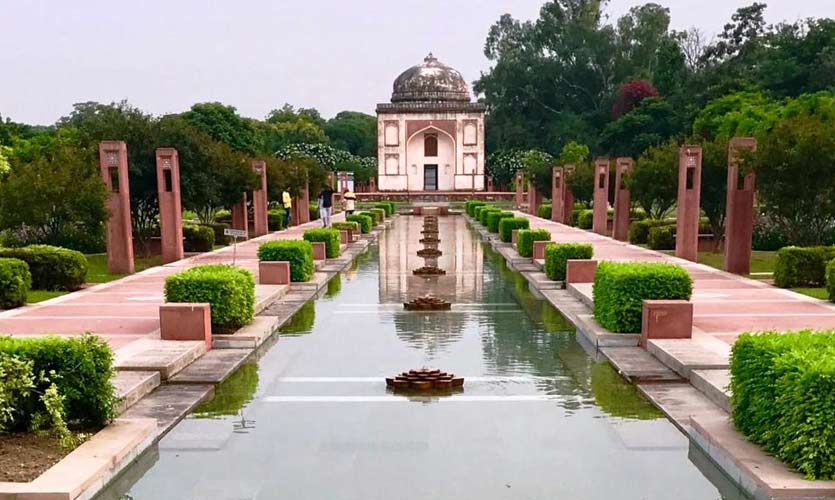
Charbagh-designed gardens were rectangular and divided in four sections by waterways. The main elements of these gardens were: a pool of water to reflect the beauties of the sky or the gardens, fountains spraying water, fruit-laden trees to provide shade, variety of flowers woven into symmetrical patterns and pavilions to sit under. Humayun’s Tomb in Delhi is one of the finest physical manifestations of this concept in India, another one being the gardens of Taj Mahal.
Babur’s legacy was furthered by Shah Jahan, who built the golden city of Shahjahanabad – now known as Old Delhi or Purani Dilli – with special attention to its pleasure-giving gardens. “Art is definitely the marker of identification of who built what. The gardens of Red Fort (Shah Jahan’s palace) have a remarkable amount of sandstone and marble,” said Arundhati, when discussing how every historical garden in Delhi is an extension of its ruler’s artistic vision.
Shah Jahan’s love of gardens was also shared by his family, and they commissioned some of the finest gardens of Delhi. Shalimar Bagh, located in West Delhi, was commissioned by emperor Shah Jahan’s wife A’uzu-n-Nissa and Roshanara Bath was commissioned by his daughter by the same name. She was buried in her own garden upon her death.
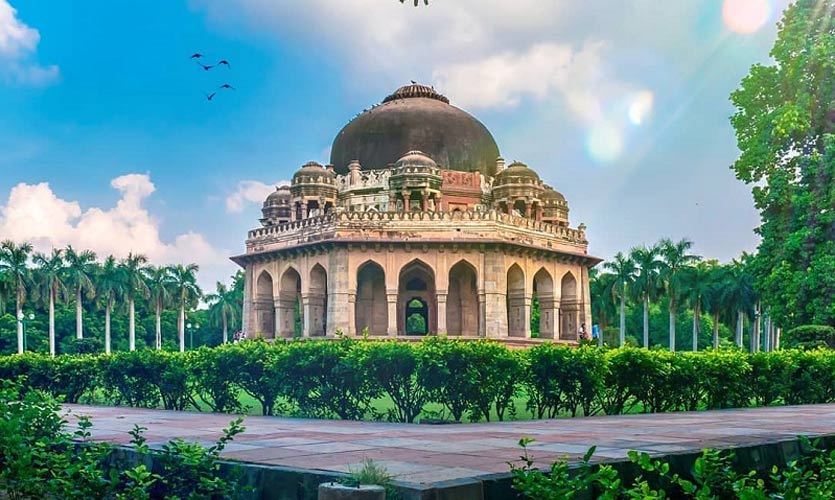
At the turn of the 20th century, the British announced the shift of capital from Calcutta to Delhi and a new chapter for the historical legacy of Delhi’s gardens began. The pleasure gardens of Mughal nobility and royalty became recreational sites for the British, catering to their leisure and cultural pursuits. “Delhi’s gardens first underwent transformation after the revolt of 1857, when East India Company first gained control. The mission then became fit for the use of European community. The main purpose was to create a space for the same kind of recreational activities that took place in Britain for “character-building” and “intellectual enrichment” in India as well,” writes Jyoti P. Sharma in her paper The British Treatment of Historic Gardens in the Indian Subcontinent: The Transformation of Delhi’s Nawab Safdarjung’s Tomb Complex from a Funerary Garden into a Public Park. “Garden sites in Delhi, such as Queen’s gardens became the target of remodelling in the hands of British as they served the rebels as rallying points in the 1857 mutiny,” she adds.
The heady romance of gardens shared by the Mughals and the Britishers alike, has contributed immensely to Delhi’s rich ecological tapestry. While Babur introduced the Persian Charbagh garden, Edward Lutyens brought the English garden to New Delhi. The chief architect of the capital of English Empire in India, he built the city, at a fundamental level, as a garden city. The biggest achievement of Lutyens lies in his ability to amalgamate the city’s Islamic heritage with English aesthetics proudly on display in the gardens of the Viceroy’s House or the Rashtrapati Bhawan.
Read more: This Pune startup is making a ‘workation’ easier
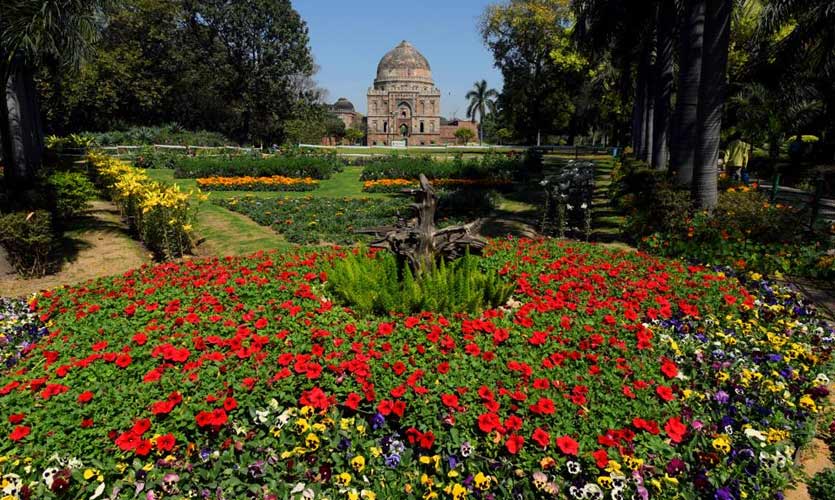
Gardens, around the world, are appreciated for multiple reasons – historical importance, sensory pleasure, reconnecting with nature, spaces for interpersonal interactions – but often neglected is their function of providing an egalitarian space in the society. “They are social equalizers. Marketplaces and malls are spaces that actively cater to a certain economic strata, but gardens and heritage locations are for all,” said Arundhati. “India Gate and its gardens welcome everyone, one does not have to pay for a family picnic at the Mehrauli Archaeological Park,” she added.
Denizens of Delhi did rediscover these much-used spaces during the pandemic. Picnics at Lodhi Gardens and Sunder Nursery became blogger-approved. It is essential we don’t forget that gardens are an intrinsic part of Delhi’s rich cultural and ecological heritage. Even though some of them now exist in a dilapidated state, they are the remnants of the magnificence of Delhi, which deserves to be explored, preserved and valued by everyone, even in post-pandemic times.


